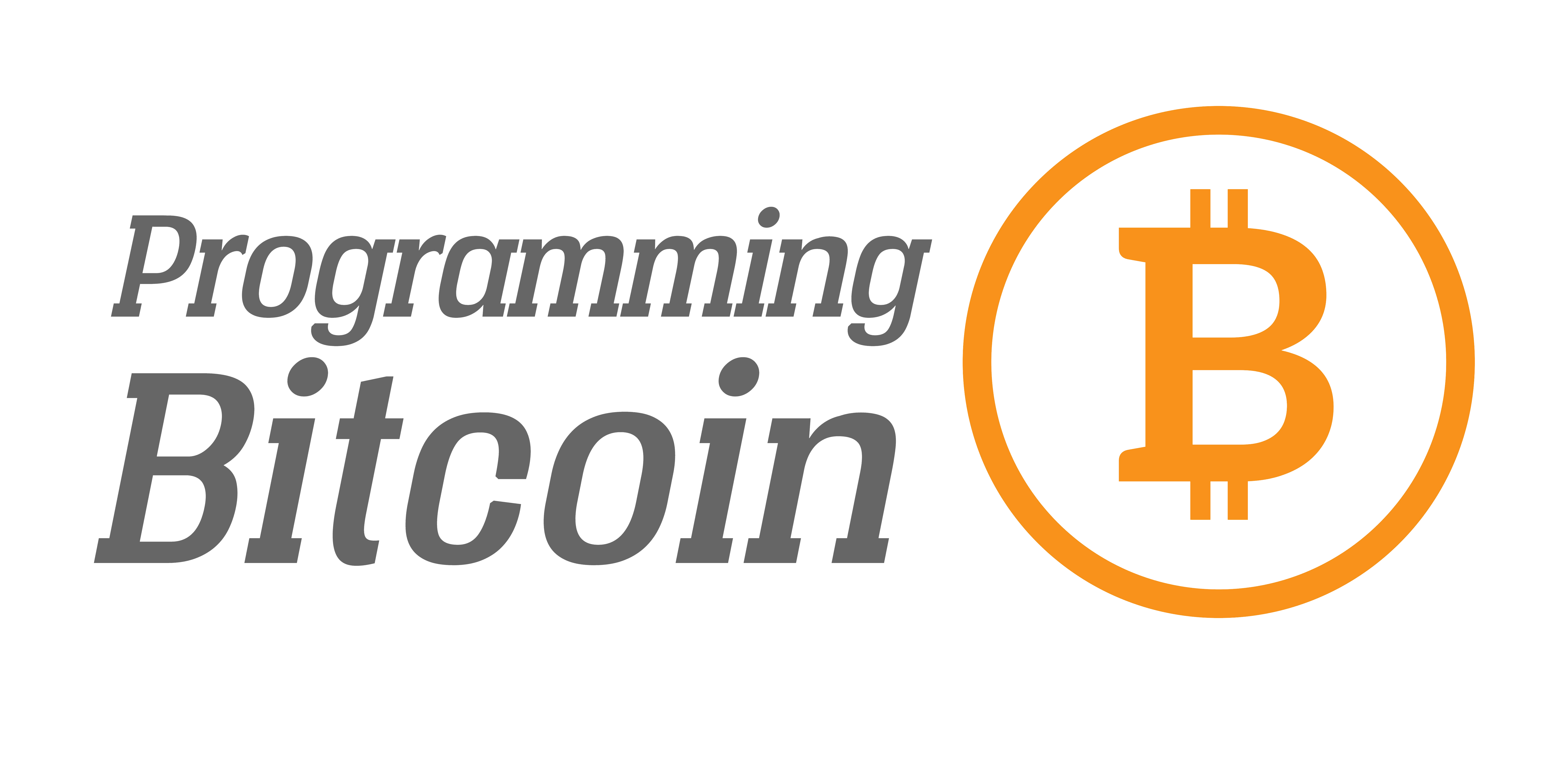The scaling battle that’s been raging in the Bitcoin ecosystem the past 3 years is finally over. The entire Bitcoin network has spoken and it has spoken for … what exactly?
There are lots of articles that will chronicle for you what’s happened in the past few months and years. If you aren’t familiar with the story so far, please go read this. In this article, I’m going to try to interpret what this whole drama means.

The Great Divorce
The final nail in the coffin of a united community was the abandonment of the 2x hard fork earlier this week, but to be truthful, the Bitcoin community has been divided for a long time.
The past few years has seen the development of separate subreddits, separate forums and now, separate blockchains, but it wasn’t always this way. Back in 2013, there was a single community united against fiat, excited at the prospect of new and exciting features that would take Bitcoin to the next level. Yet here we are 4 years later post-divorce, wondering what happened.
At least nominally, the issue at hand is a block size increase. Specifically, a hard fork to larger blocks that would enable a larger degree of on-chain scaling. In the grand scheme of things, this doesn’t look like a big issue, so the question we have to ask ourselves is, how did this issue become grounds for divorce? What is the real problem here?
Economics
Practical men who believe themselves to be quite exempt from any intellectual influence, are usually the slaves of some defunct economist. Madmen in authority, who hear voices in the air, are distilling their frenzy from some academic scribbler of a few years back.
This is a quote from John Keynes, an economist of some renown. I bring up this quote because I believe it to be relevant to the scaling debate. The real conflict over the past several years wasn’t so much about the technical specifics, but about economics.
Before I go on, however, I want to introduce you to a couple of different economic theories. The first is Keynesian, which is named after the economist quoted above. The second is Austrian, which is named after some Austrian economists from the last century.
Keynesian economics looks at the economy at the macro level and is largely interested with making sure money and goods are moving. To a Keynesian, exactly what is moving isn’t as important as much as the dollar amounts and speed. Macro-economic indicators are interesting to Keynesians as they believe numbers like Gross Domestic Product (GDP) and velocity of money matter more, than, say, exactly what products are moving and where the money is being invested. As such, Keynesians tend to be more concerned with consumer confidence, consumption of goods and services and how quickly money is flowing through the economy.
Austrian economics looks at the economy at the micro level and is more interested in what generates wealth. Savings and good investments are what ultimately lead to prosperity in this theory and so, not all transactions are good. Bad investments and over-consumption cause down cycles so those are to be avoided.
These are two very useful distinctions and I’m not here to imply that this has a direct one-to-one correlation with what I’m going to describe below.
Crypto-Keynesians
If you think about the block size limit, it’s essentially a speed limit on money moving through Bitcoin. I define Crypto-Keynesianism as a perspective where moving money through the economy is more important than perhaps an extra level of security around the money itself.
From a Crypto-Keynesian perspective, this is deadly for an economy. For an economy to grow, the Crypto-Keynesian perspective requires the money to be moving faster and faster. Larger blocks, then, allow for more consumption of goods in Bitcoin and thus are the key to Crypto-Keynesian prosperity.
From a Crypto-Keynesian perspective, Bitcoin’s usefulness increases with the velocity with which Bitcoin can move through the economy. If the velocity is limited, the thinking goes, the growth of Bitcoin is also limited.
In other words, Crypto-Keynesian economics emphasizes a faster velocity of money because the value of money from a Crypto-Keynesian perspective is mainly as a medium of exchange.
Crypto-Austrians
I define Crypto-Austrianism as a perspective where security of sound money is the basis of Bitcoin’s utility.
From a Crypto-Austrian perspective, savings and thus the ability to secure those savings is more important than the ability to exchange it quickly. If a hard fork causes less security, durability, fungibility or decrease in the store of value proposition of Bitcoin, it is not worthwhile.
Thus, for a Crypto-Austrian, store of value is the property to be protected at all cost and any change to a coin’s security, whether it be a change to the development team, or a possible network split that affects wallets and possibly lose them money, is not worth it.
The Conflict
In this light, the block size increase is really a difference of economic perspective, not only a technical one. Technically, a hard fork is riskier than a soft fork. Economically, a hard fork to enhance medium of exchange properties at a cost to the store of value property is what we’ve been arguing about all along.
For a Crypto-Keynesian, medium of exchange upgrades are worthwhile since that will increase the throughput of money, enhancing Bitcoin’s economy.
For a Crypto-Austrian, medium of exchange upgrades are not worthwhile since the security tradeoffs (especially in switching developer teams) is not worthwhile.
Businesses vs HODLers
Businesses require revenue to survive and a limit on transactions can be deadly. Most businesses, therefore, tend to promote Crypto-Keynesian policies to encourage economic activity as more transactions clearly benefit them.
In addition, Bitcoin businesses fill up a large percentage of blocks, as their revenue depends, in one way or another, on transactions with customers. In Bitcoin, having cheaper transactions benefits the businesses as their costs go down.
It’s not a surprise, then, that a majority of businesses supported the New York Agreement. They make money off of transactions and are incentivized to support Crypto-Keynesian policies. Customers that use Bitcoin mainly as a medium of exchange are also incentivized the same way.
HODLers, on the other hand, don’t care that much about the speed of transactions. Most don’t transact frequently and as a result, presently take up little block space.
HODLers care about making sure that the money they have holds its value and are incentivized to support Crypto-Austrian policies. HODLers were not sufficiently represented during the negotiations for the New York Agreement and it’s not a surprise that there was a popular outcry by HODLers in the ensuing days.
The futures markets and No2x movement showed that the HODLers have a major say in the Bitcoin economy.
Conclusion
The Civil War is finally over. Bitcoin has had its divorce and there are now two different blockchains: Bitcoin and Bitcoin Cash. What led to this divorce are fundamentally different economic philosophies.
Businesses and people engaged in everyday commerce utilize Bitcoin as a Medium of Exchange and fill up blocks through their transactions. They were frustrated because Bitcoin was making their use case more expensive by not making blocks bigger.
HODLers utilize Bitcoin as a store of value and don’t use the blockchain that much at all. They were frustrated because Bitcoin’s security properties were being endangered to satisfy the needs of the Medium of Exchange people.
At its core, this civil war was about how to utilize money. Is money more important as a Medium of Exchange or as a Store of Value? There really isn’t a scientifically verifiable way to answer that question, but we can come pretty close.
By going their own separate ways we can see which economic theory is correct. One facilitates more transactions and thus increases the velocity of money, but perhaps isn’t as secure due to a newer, less experienced developer team. The other facilitates less transactions at present, but is perhaps more secure due to making everything backwards compatible and utilizing a proven developer team.
I wish both coins the best of luck and may the truth be found.
Are you a developer that wants to get into Bitcoin and blockchain? Sign up for Programming Blockchain Seminar in Austin, Charlotte, London, Amsterdam or Seoul!
Want to get curated Technical Bitcoin News? Sign up for the Bitcoin Tech Talk newsletter!


Comments are closed